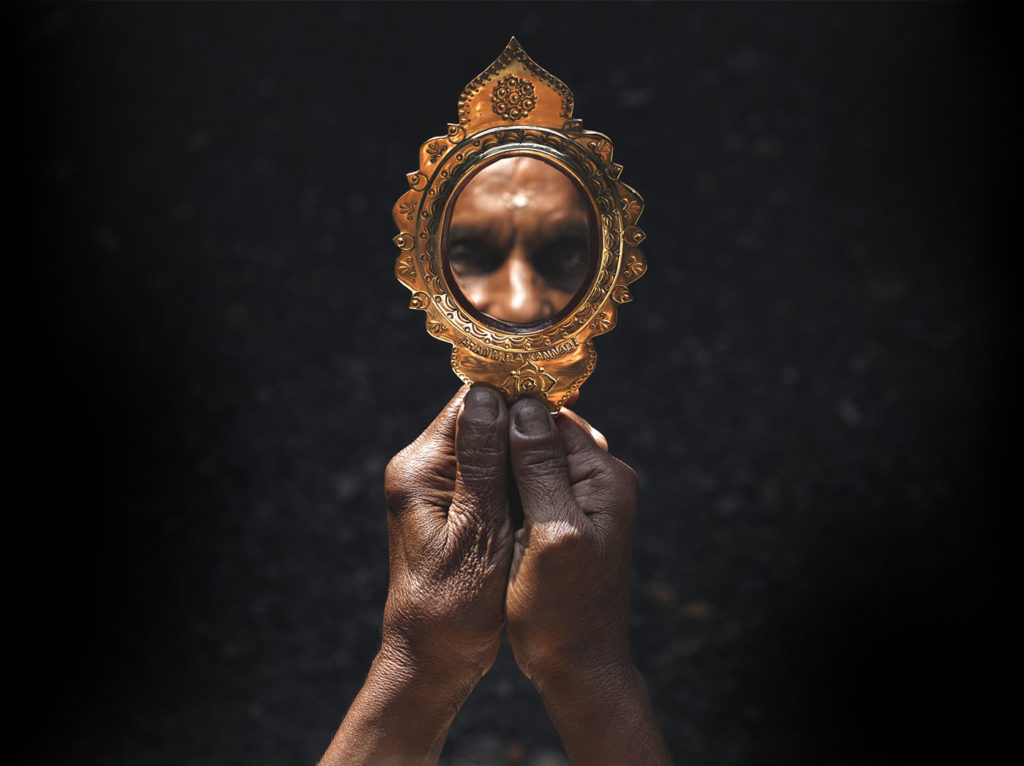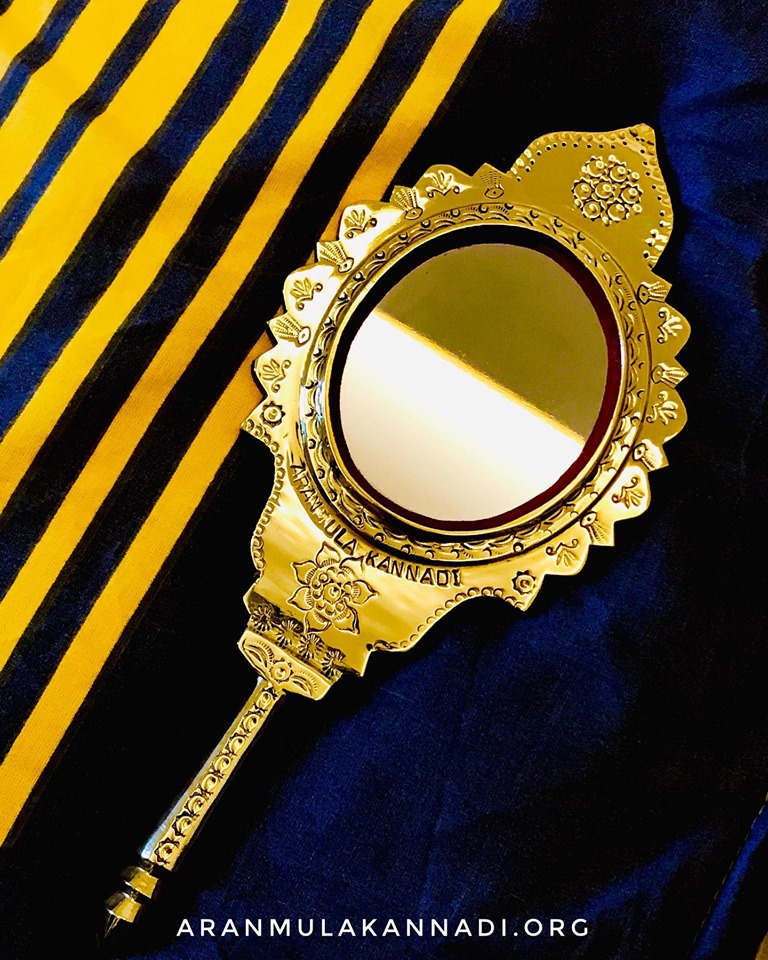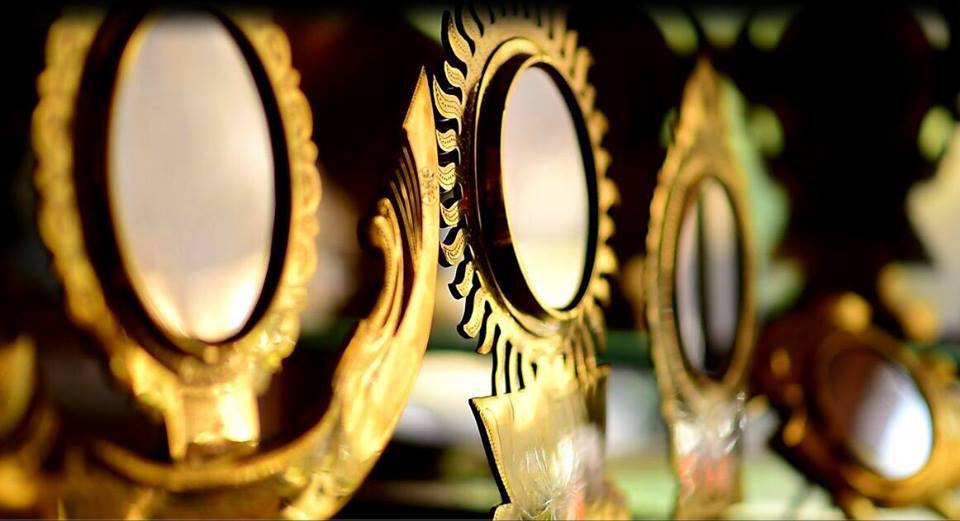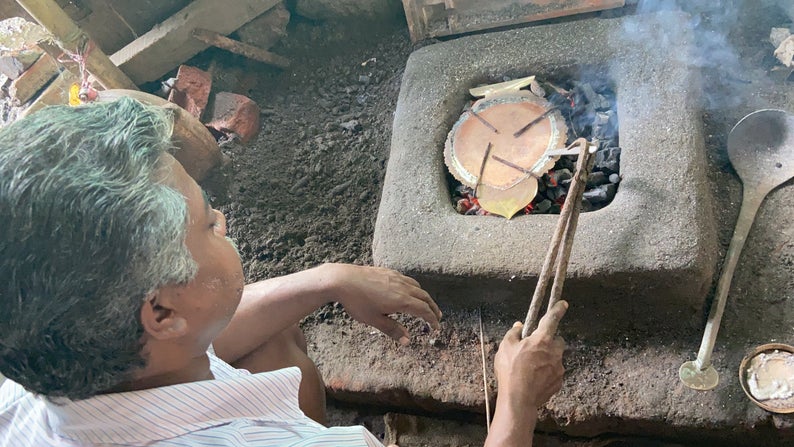
In the fast-paced world of business, success often hinges on not just strategy and effort, but also the energy and environment you create around you. One powerful, yet often overlooked element that can elevate your professional space is the Aranmula Kannadi—a sacred and unique mirror handcrafted in Kerala, India.
Unlike ordinary glass mirrors, the Aranmula Kannadi is made from a secret metal alloy that produces a crystal-clear reflection and is deeply rooted in spiritual and cultural significance. It’s not just a mirror—it’s a symbol of prosperity, clarity, and success.
The Power of Positive Energy
Many Indian traditions believe that the Aranmula Kannadi brings good luck, wards off negative energy, and attracts positive vibrations. Placing one in your office—especially in a visible and respectful position—can enhance the atmosphere, promote harmony, and foster better decision-making.
Business owners who’ve added this timeless piece to their workspace often speak of a noticeable shift: improved focus, clearer thinking, and even tangible improvements in their operations and growth. Whether you’re meeting clients, making critical decisions, or simply managing daily challenges, the Aranmula Kannadi serves as a powerful reminder of clarity and balance.
A Legacy of Success and Heritage
Owning an Aranmula Kannadi is also a statement—it shows that you value tradition, authenticity, and excellence. Each mirror is handcrafted by skilled artisans following a centuries-old tradition passed down through generations. This makes it not only a spiritual asset but also a luxurious and elegant addition to your office decor.
So if you’re a businessman looking to invite prosperity, sharpen your vision, and elevate the energy of your workspace, consider placing an Aranmula Kannadi in your office. You may be surprised by how quickly the tide turns in your favor.
Success doesn’t just follow hard work—it follows clarity, balance, and the right energy. Let the Aranmula Kannadi show you the way.
Buy Aranmula Kannadi Online – www.aranmulakannadi.net










